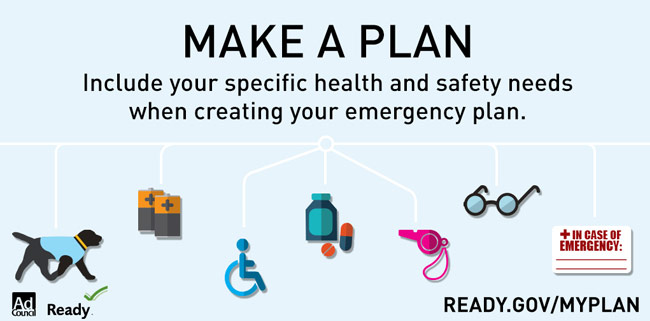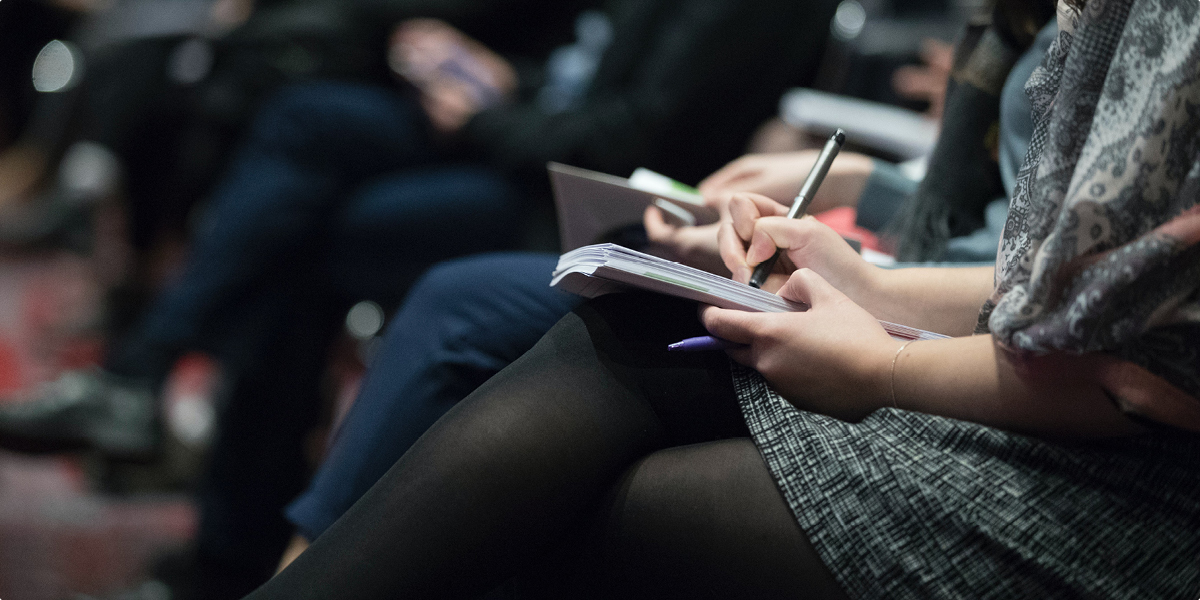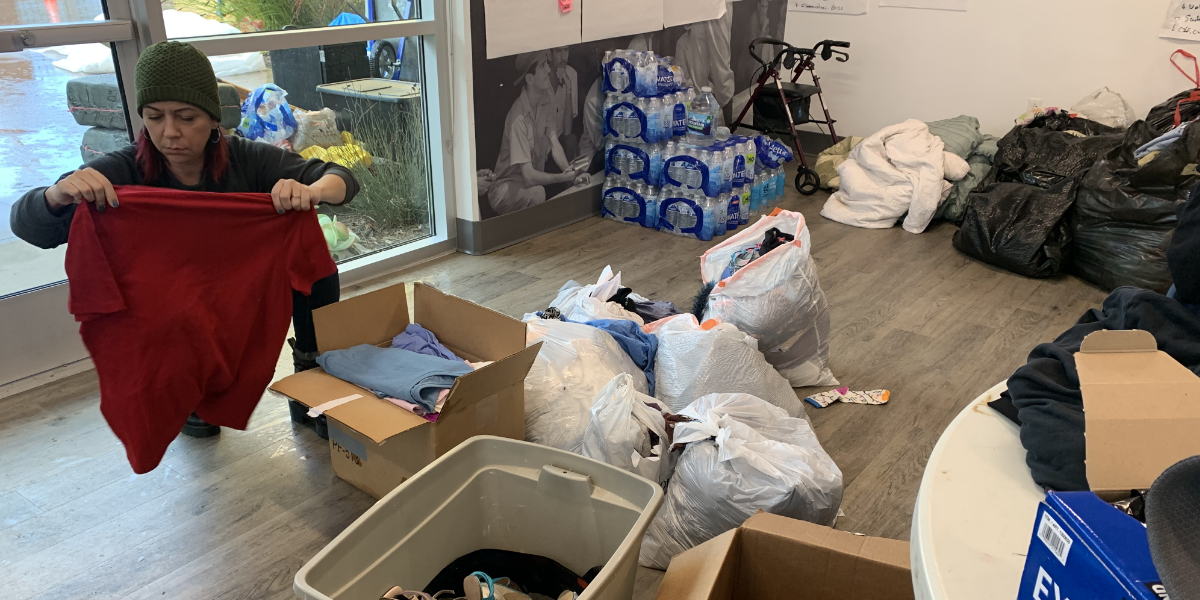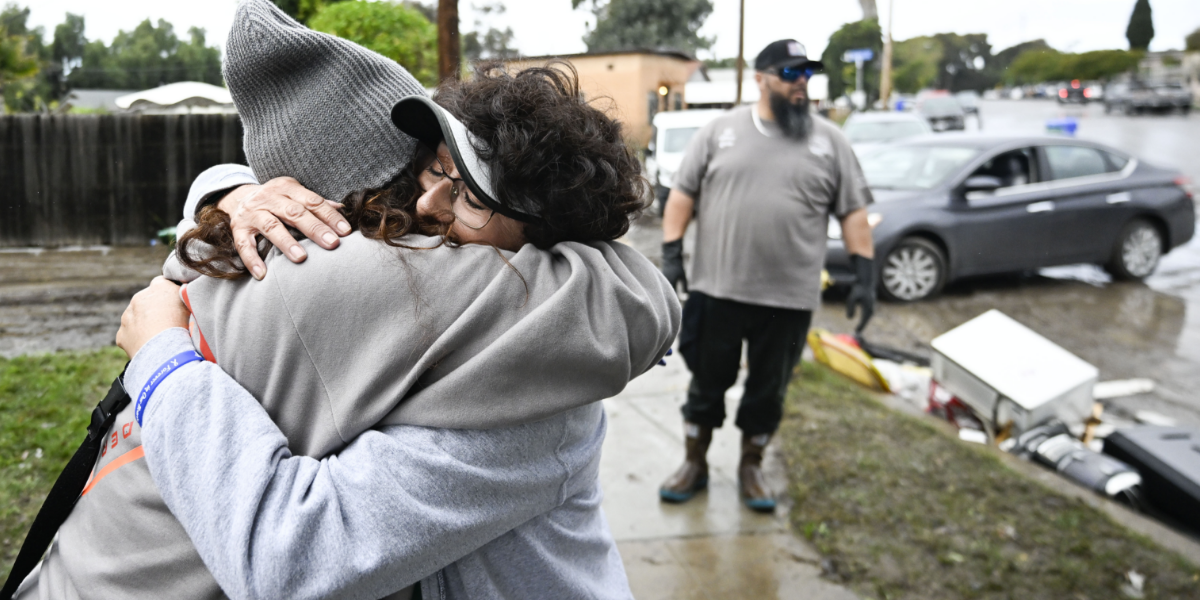What is your emergency plan if a disaster strikes San Diego?
Any city in the world – from Houston, to Miami, from Puerto Rico to Mexico – is vulnerable to natural disasters. And often, community members and local officials are underprepared during times of crises.
San Diego’s not-too-distance past has been impacted by Mother Nature. The 2003 and 2007 wildfires serve as a stark reminder of what can happen when disaster strikes our local neighborhoods.
The 2007 Witch Creek Fire, specifically, caused 10 deaths and more than 100 injuries. It destroyed over 2,500 homes and buildings and consumed 360,000 acres (approximately 13 percent of the County’s total land mass).
Disasters Don’t Plan Ahead. You Can.
This September, National Preparedness Month (NPM) will focus on planning, with an overarching theme “Disasters Don’t Plan Ahead. You Can.” The goal of NPM is to increase the overall number of individuals, families, and communities that engage in preparedness actions at home, work, business, school, and place of worship.
The first step in disaster preparedness is to create an emergency plan.
Should disaster strike, what is your shelter plan? Evacuation route? Household communication fallback strategy? These are all questions you can begin asking to make your plan effective.
FEMA provides an Emergency Plan for Parents template to help heads of households get started.
Secondly, San Diegans should sign up for local alerts and warnings.[pullquote]The first step in disaster preparedness is to create an emergency plan.[/pullquote]
The City of San Diego’s Office of Homeland Security strives to promote a secure and resilient City and provides a list of resources that could help you prepare for a natural disaster. Additionally, the following is a list of quick links to help keep you safe at home and at work:
- Sign up for Alert San Diego to get safety information delivered directly to your phone.
- Download the San Diego Emergency App.
- Connect with the City of San Diego, local police or the local fire department on Twitter for information before, during and after an emergency.
- Dial 2-1-1 for resources.
Other planning strategies include learning your evacuation zone and creating an evacuation plan; building an emergency kit for your home and vehicle; checking your insurance coverage and reviewing the Document and Insure Property guide; and planning financially for the possibility of disaster.
Philanthropy’s Role During a Natural Disaster
It’s not uncommon for philanthropic institutions to provide support when natural disasters strike local communities.
The Greater Houston Community Foundation, for example, recently established the Hurricane Harvey Relief Fund to help victims affected by Hurricane Harvey. Additionally, the Council on Foundations shared a list of Hurricane Irma Response Funds to assist people throughout the Atlantic who are feeling the effects of Irma.
In response to the 2003 and 2007 wildfires in San Diego, The Foundation activated the Regional Disaster Fund to help the region respond, recover, rebuild and prepare for natural or man-made disaster strikes. Thanks to the fund, San Diego has a well-established, proven means of support when disaster strikes.
Support Hurricane Harvey Relief
Support Hurricane Irma Response Funds
Support Hurricane Maria Relief in Puerto Rico
Support Mexico Earthquake Relief
Give to the TSDF Global Disaster Relief Fund
Does your family have an emergency plan in place? Share some of your tips in the comments below!





Share some of your tips in the comments below!